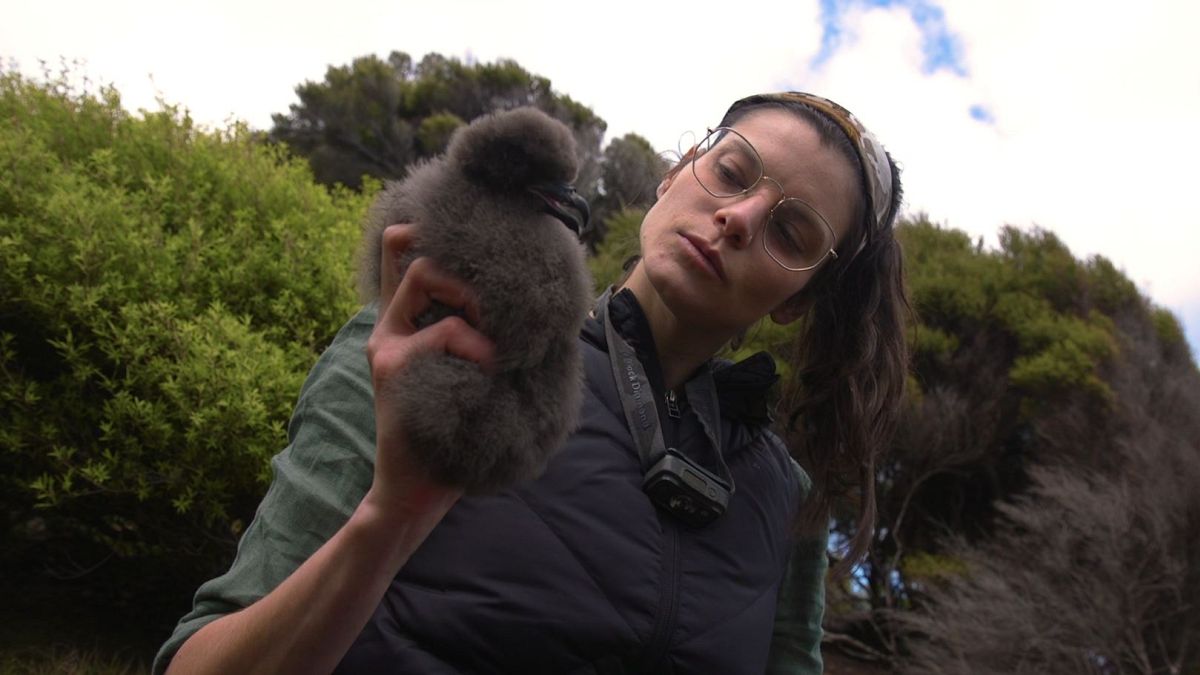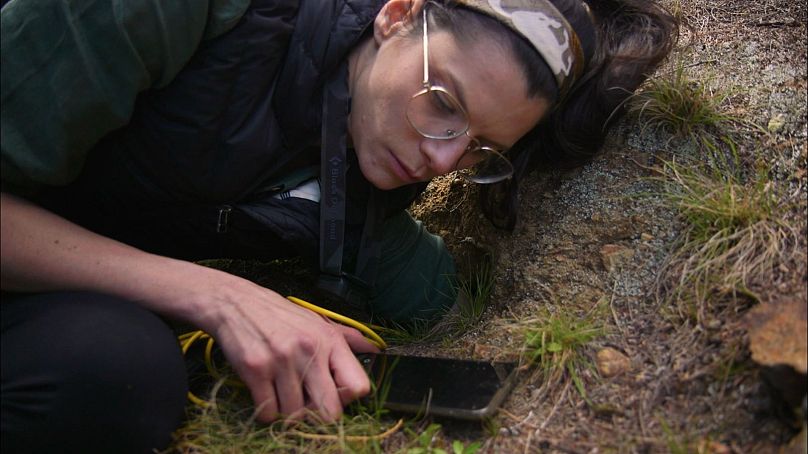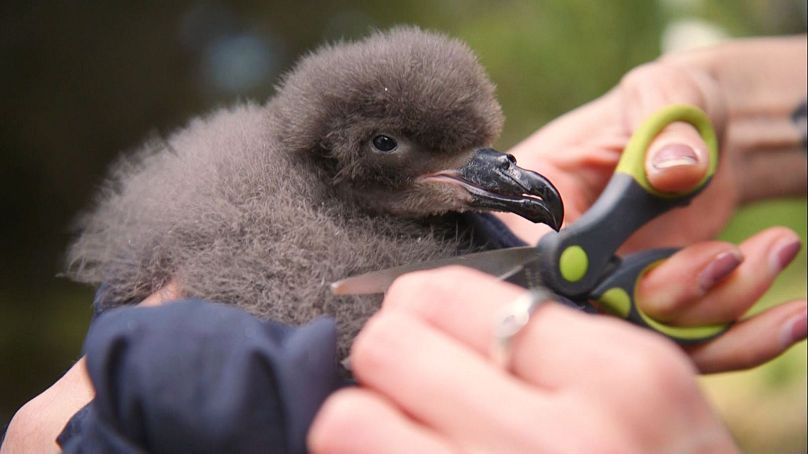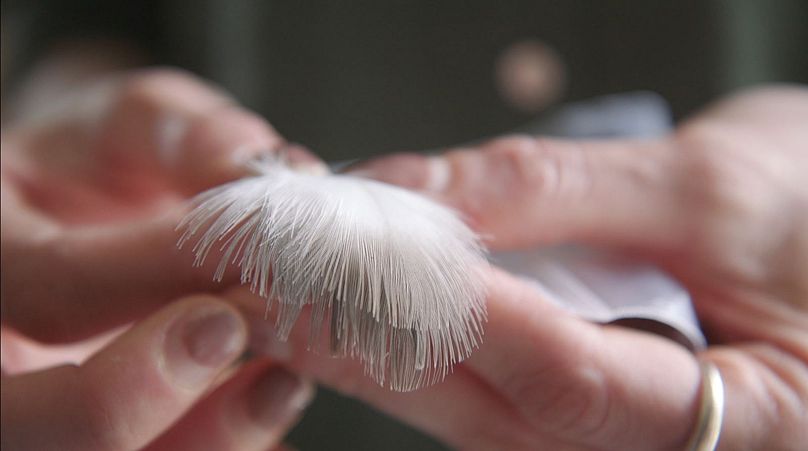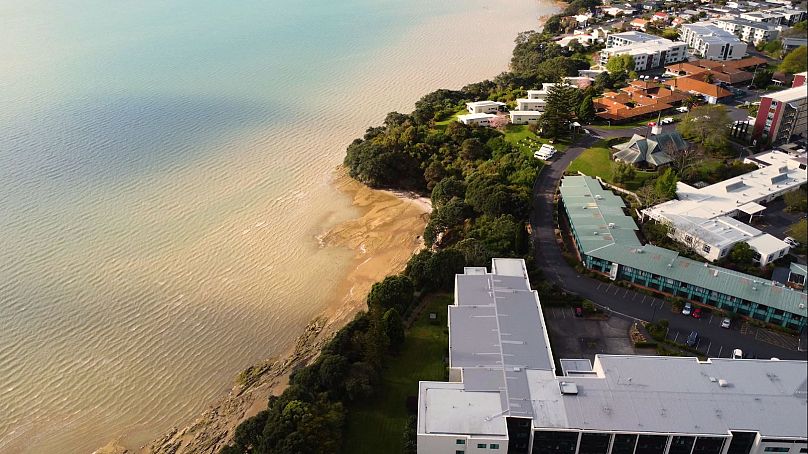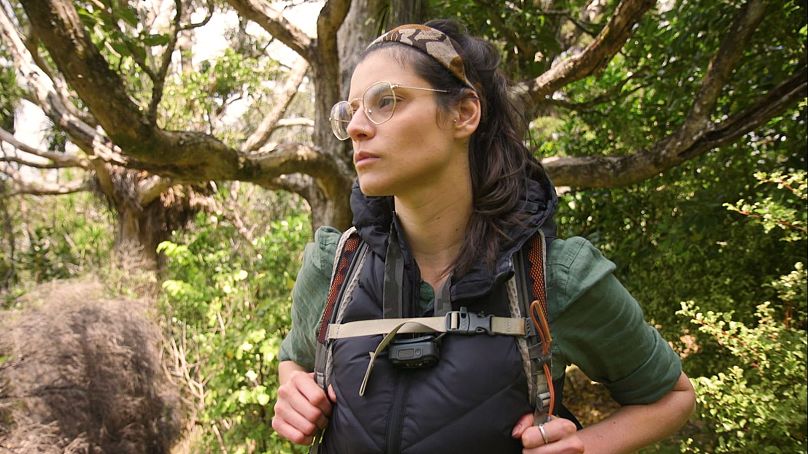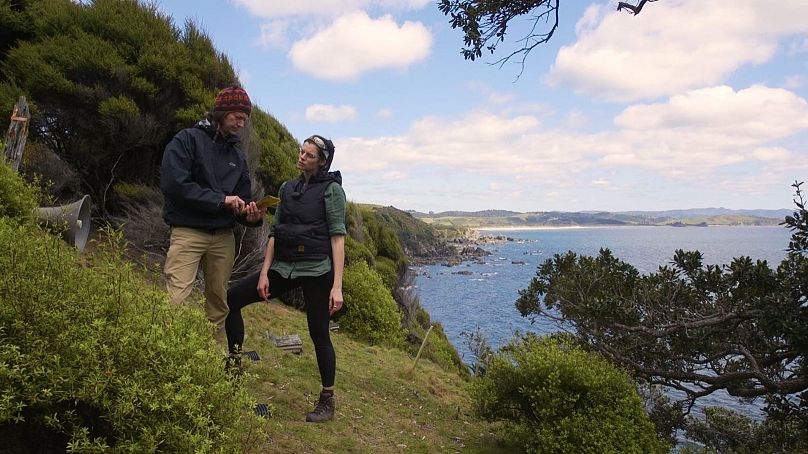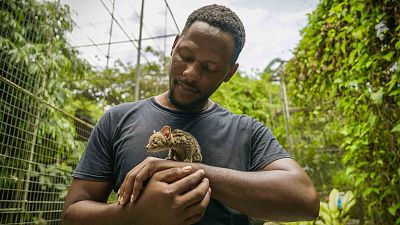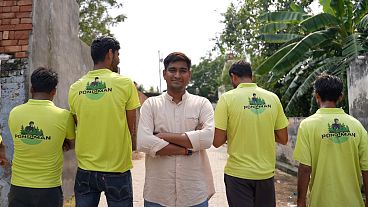"You can't expect to save a whole species in a month. Don't give up. We need to keep fighting. The alternative is to just let it all crumble. We can't do that."
SCENES shines a spotlight on youth around the world that are breaking down barriers and creating change. The character-driven short films will inspire and amaze, as these young change-makers tell their remarkable stories.
Home to hobbits and spectacular landscapes, New Zealand is also the nesting ground for seabirds. The island is one of the most biodiverse, with nearly 90 seabird species from gulls to gannets breeding there, earning it the rightful reputation as the seabird capital of the world.
But populations are declining, and avian experts estimate that up to 90 per cent of seabird populations are facing risks of extinction.
Like many scientists around the world, Maira Fessardi wants to save these threatened or endangered animals, and she does so by studying thriving species.
Special species
"Grey-faced petrels are pretty special," Maira tells SCENES. "They are one of the only species of seabirds in New Zealand that are not threatened. We want to find out why they're doing so well, even though other birds are not," she explains.
Together with her longtime mentor, Todd Landers, Maira's research under the Auckland Council Seabird Monitoring programme takes them through the rolling hills, scenic coastlines and into burrows, literally.
With great care, Maira slides her hand into the burrow and takes a bird out of it for a health check. She weighs them and measures their legs and wing length.
"We have to be careful," the seabird ecologist cautions, "We need to minimise stress to those birds. We're doing it for them, but we also can't add to the threats that they're facing. We need to be respectful."
After logging these measurements, Maira also puts identification bands around the birds' legs to track their progress when she rechecks them next year. Before putting them back in the burrow, Maira collects feather samples.
Feather importance
Birds' feathers hold a wealth of information. According to Maira, examining the feathers using a spectrometer, an instrument that measures a spectrum of plumage pigmentation, or even by the naked eye, can reveal signs of the birds' health. A deeper lab analysis can reveal a lot more.
"If they ingest heavy metal contaminants while growing feathers, that's deposited in their feathers. They can tell us if that's a threat for that population or if the area they are foraging is contaminated," Maira explains, hopeful that the data collected in this non-invasive manner will aid wildlife management strategies.
Maira was a postgraduate student, obtaining a master's degree when she first peeked into feathers. She focused her thesis on using bird feathers as a population and ocean health monitoring tool. Her study caught the attention of the Auckland Council, and her work is now incorporated there.
"I feel really lucky. Not many people can say they've had that chance to take their results and make a difference," the South American native admits.
Birds of a feather flock together
Maira attributes her interest in seabirds to the similarities they share.
"The first thing that attracted me to seabirds was that they are immigrants like me. I was born in Sao Paulo in Brazil, and I live in Auckland, New Zealand," Maira continues..
Similarly, in the summer months or when conditions are favourable, most seabirds flock to New Zealand to breed where, historically, there were no natural predators. In different periods of the year, these migratory birds hunt in hyper-fertile waters where nutrients abound, some flying as far as South America.
Knowing that her work in New Zealand could also impact South America, where she comes from, makes it worthwhile for Maira.
"Seabirds are perfect because they just join all my worlds together, both geographically and ecologically. It really resonated with me and with what I wanted to do with my life," she adds.
While she never expected to work in New Zealand, Maira had always envisioned an exciting and dynamic career. Recently, this vision came to life.
"I have fieldwork, but I'm also in front of the computer. It's very fulfilling and very intellectually stimulating," says Maira.
However, her adventurous work comes with its challenges.
"There's a lot of weight-bearing, and some days of hiking, it's 12 hours hiking, really tough terrains," she says.
As environmental ecologists, both Maira and Todd appreciate and respect the arduous trek because it puts them in the birds' environment.
"We go to some very interesting places. It's a wonderful world to interact with," Todd says.
"Don't give up"
Despite the difficulties of their work, Todd is encouraged by Maira's participation.
"Young people really bring an enthusiasm to conservation in terms of getting the message out. It's very important to keep the momentum going for this sort of work," he explains.
Maira concurs, acknowledging that the pessimism around conservation and environmental sciences can be discouraging.
"You can't expect to save a whole species in a month. Don't give up. We need to keep fighting. The alternative is to just let it all crumble. We can't do that," Maira explains.
Determined to inspire others to become proponents of environmental activism, Maira continues to spread the conservation message. She is confident that there is still an opportunity to make a difference and save species through her work.

